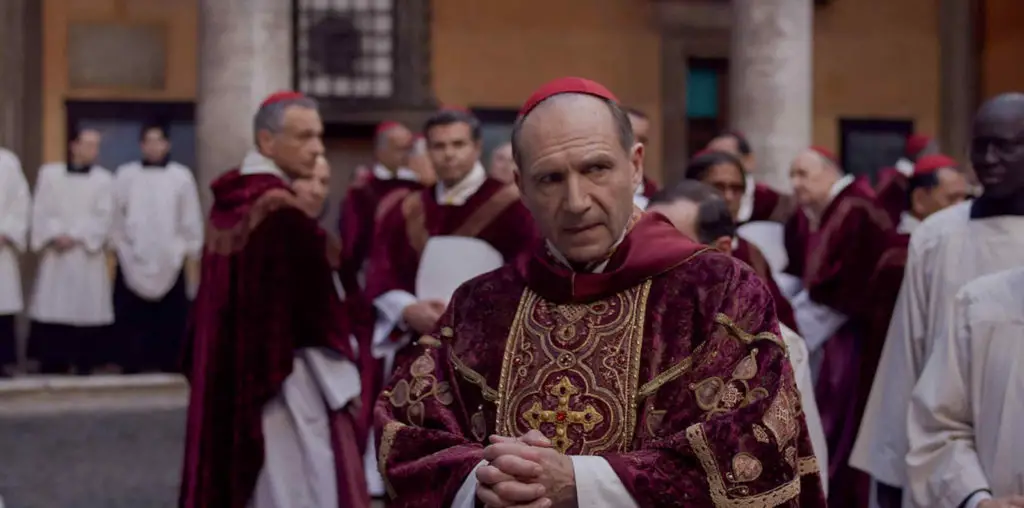
Animal Factory is brutal in its realism and portrayal of prison life, um, I don’t know what it’s like personally, but how did you capture such a seemingly authentic portrayal of prison? ^ The screenplay is from the book, and it takes place in San Quentin. We shot it in Philadelphia in an east coast prison, which is architecturally really different from San Quentin, but nonetheless I thought it was really important that we go to San Quentin. I went there with (author) Eddie Bunker. The first place we visited in San Quentin was the library. Working there were an older convict in his late thirties and a younger one in his twenties, and you could see they definitely had a relationship that was very similar to that in the film.
How did that experience help contribute to the making of the film? ^ You know what really helped me was having real convicts as extras in the film.
How do you direct cons as actors?! ^ You know we spent a lot of time with them, we talked with them a lot. You know they seemed to catch on fairly quickly, and I think most of them enjoyed what they were doing and I did make it clear to them how important they were to the film. You don’t have to give them much direction, I mean I didn’t want to, because I wanted to see how they would behave naturally. In the beginning sequence, the credits and also in the montage and other shots of the film, we just let the camera go on them. We would send as much time as we could just grabbing shots, and they knew the camera was going but I think they got so used to being filmed that they were able to be totally natural.
I believe Mickey Rourke gives the best performance of his career and in his first few scenes, I couldn’t even believe it was him! How did you get Mickey in that drag queen make up and what did you say that helped him deliver such a powerful performance? ^ That was all him. We talked about the character on the phone a few times, but part of the secret of directing is hiring the right actor for the part. I just knew he would do an amazing job if he really committed, which he did a hundred percent.
You’ve worked with some of the greatest directors and filmmakers working today. Can you tell me what you learned from each of them? ^ Well, I can tell you this — The Coen brothers, Quentin, Jarmusch, DiCillo, Alexandre Rockwell who was a big influence on me, Robert Altman, all create an atmosphere that I think helps people to do their best work. Of course they each have different styles, but all of them are passionate about what they do and they all love actors and they also respect their crew. They let people do their job, so that’s the thing I think I’ve taken collectively from them. I’ve had the best film school that anyone could hope to ever have.
I got this Christmas card one year from John Waters and I’m looking at the card thinking, “Wow, is that John as a young man?” Then I realized that it was you! Have you ever thought about playing John Waters in his inevitable bio-pic? ^ Well, if that ever happens (Laughing) I think he should play himself, actually. I would find it quite intimidating to play him, because I have so much respect for him. But it was certainly fun to dress up like him, and you know I’m often mistaken for him.
What’s the story behind the photo? ^ I was doing “Homicide,” which was shot in Baltimore. A lot of the crew have worked on his films, and in the makeup trailer we were talking about how I sometimes get mistaken for him and the makeup people decided as a joke to dress me up like him. We took a picture, because I knew I would be seeing him that night for dinner. I showed up with the picture of myself looking like him. He liked it and kept the picture and then used it as his Christmas card a year later.
Check out FILMTHREAT.com’s INTERVIEW ARCHIVES and read hundreds of fascinating in-depth interviews with directors, filmmakers, actors and celebrities from the world of film!
